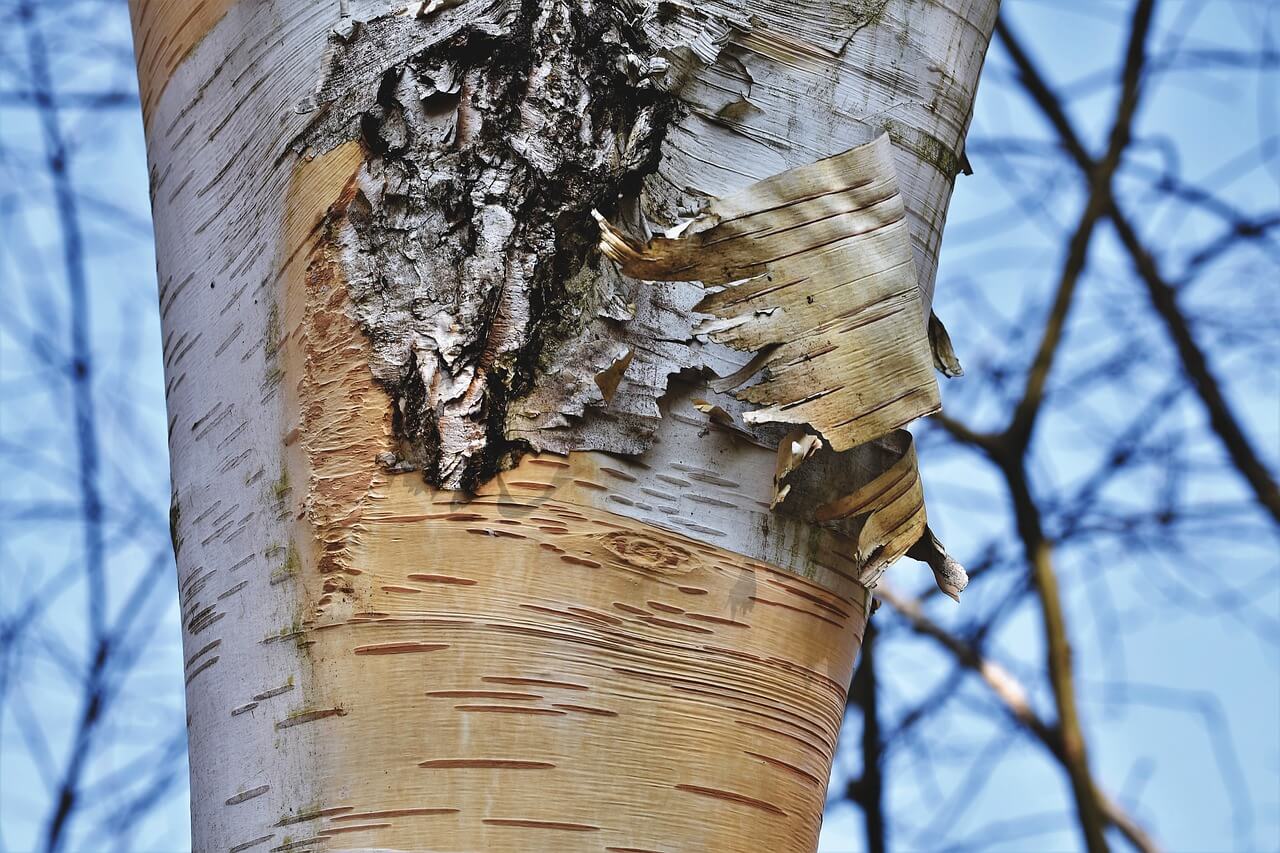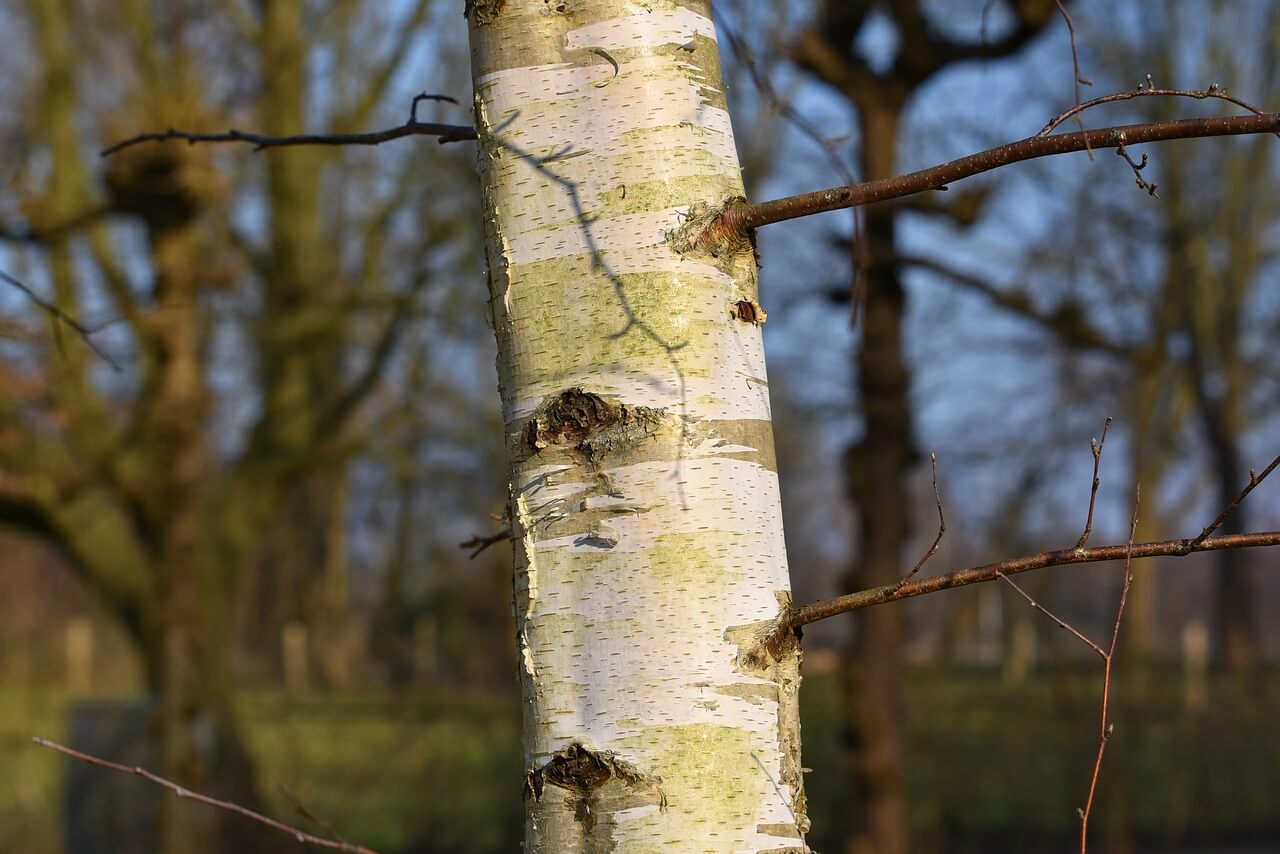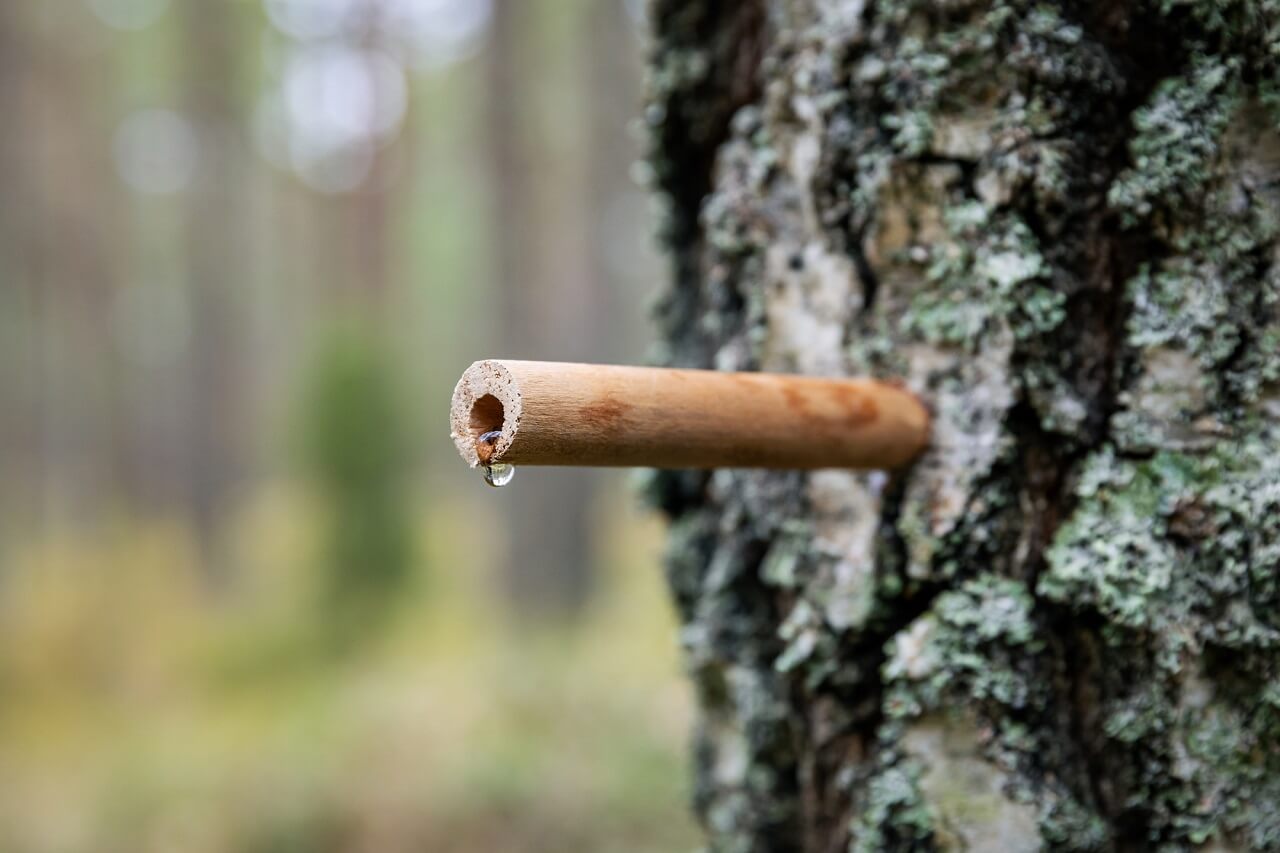What Happened To The American Chestnut Tree?
The American chestnut tree was once a majestic species – one of the tallest and quickest-growing trees in the country. But what was once a valuable food and wood source for the United States was all but wiped out by a devastating disease. In this article, we’ll discuss what killed the American chestnut tree, and … Read more









